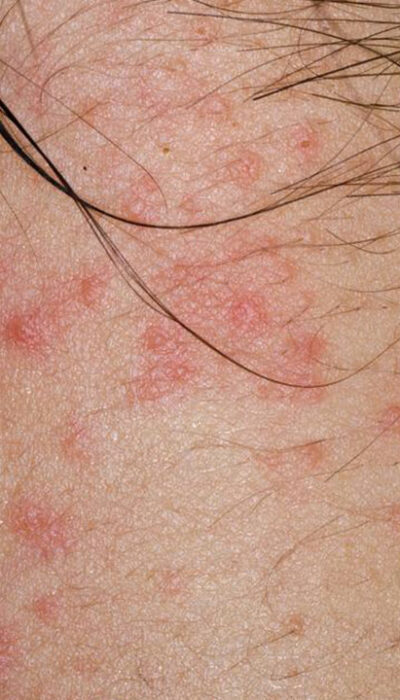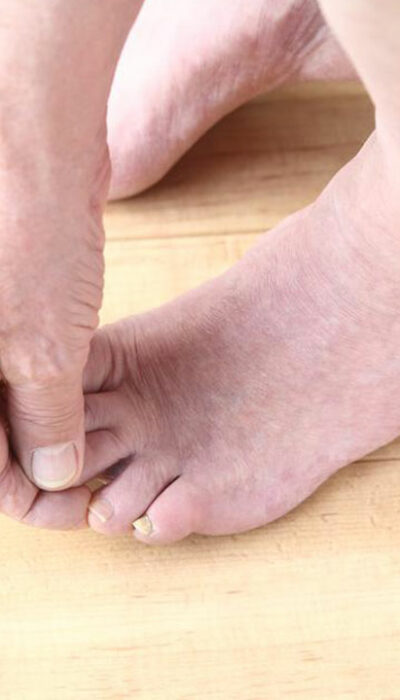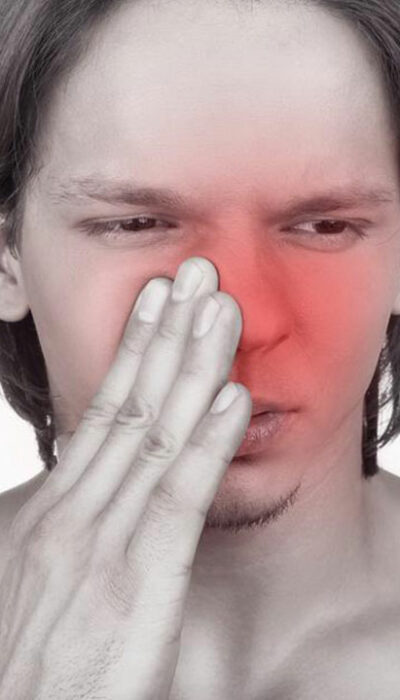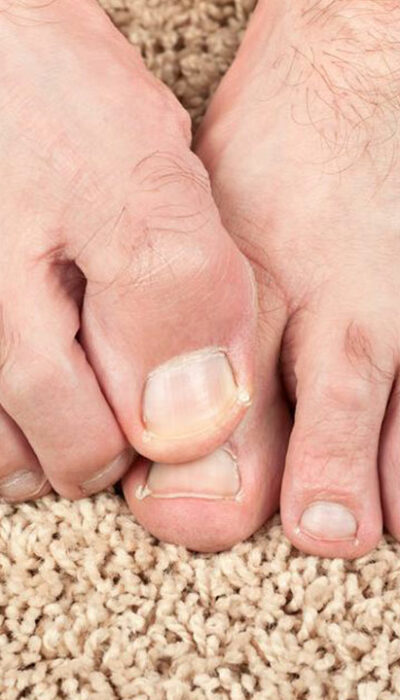
Dry Eyes – Symptoms, Causes, and More
Dry eyes, or dry eye syndrome, as the name suggests is a condition when the surface of the eye isn’t adequately lubricated. The primary reason for this condition is inefficient functioning of the tear ducts in the eyes. Millions of people in the United States suffer from dry eyes. Tears and dry eyes The cornea is the dome-shaped outer surface of the eye. Basal tears are a fluid mixture secreted by the tear glands located near your eyes. These tears are produced to keep the eyes constantly lubricated. Tears do this by continuously layering themselves on the surface of the cornea, serving as liquid protection. This way, tears keep the eyes moisturized by being released with every blink, and never lets them dry. Tears also aid in clearer vision by helping light focus on the pupil, If your eyes don’t receive an adequate amount of basal tears, or the composition of the tears is abnormal, your eyes will experience difficulty seeing clearly and functioning normally. Tears are made up of three layers Oil/Lipid layer: This is the outer layer of the tears and is made of lipids. They are secreted by the Meibomian glands. Since these are molecules of oil, they do not evaporate from the corneal surface and help retain moisture for a long time. Aqueous layer: This is the middle layer of the tears and is made up of water-soluble protein and water. The main lacrimal gland and accessory lacrimal glands are responsible for secreted this layer of the basal tears. Mucin layer: This is the inner layer of the teardrops and is secreted by the goblet cells. The function of this layer is to bind to the water molecules of the aqueous layer and prevent them from evaporating quickly. Symptoms of dry eyes Dry eyes usually occur among adults and more prevalent among females.










